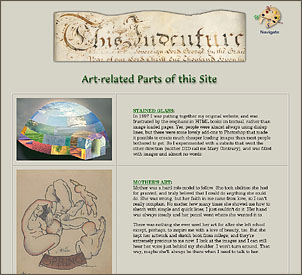Heva Coomans (1864-?)
[H. Coomans]
The late Joseph Coomans was one of the most popular of European painters with American collectors,
and the sale of his works in this country alone made him a very rich man. He was a native of Brussels,
and a pupil of Professor Hasselaere
at Ghent, and of Nicaise de Keyser and Baron Wappers at the Antwerp Academy. From Antwerp he
removed to Paris, and going with the French army to Algiers, where he resided several years,
he later traveled extensively in Italy, Turkey, Greece, and the Crimea. At this time he painted
historical and portrait subjects, but in 1857 he visited Italy, and became interested in the remains of
ancient
Pompeii, which were then being excavated. From this time forth he took up the line of
subjects which made him famous. He had two daughters, both of whom possessed remarkable artistic
gifts, and who, as his pupils, became well-known painters. Some
years before his death he visited America, residing here for a prolonged period, and his daughters
accompanied him and became favorites in the best New York society. Both Miss Heva Coomans and
her sister Diana paint the same class of objects as their father, and very much in his manner and
feeling of color. In "The Pompeiian Flower Girl" is presented an extremely characteristic example
of one talented daughter of a famous parent.
In "A Message" Miss Heva Coomans is
represented by another of the Pompeiian subjects which come to her, in a manner, as a sort of artistic
legacy from her father.
In Pompeii the catching and training of wild birds for sale was quite an important employment
of the poorer classes, among whom the professional bird-snarers formed an independent body.
Miss Coomans shows a Pompeiian girl, inviting attention to her wares in the market-place.
On the terrace of an Italian villa of the later Roman period, which overlooks the sea, three
young girls idle away the summer hours. One stretches out on the marble bench, smelling a flower as she
listens to the sweet notes a companion evokes from a double flute, while the third lounges at her
side, with one hand resting on her lute. Miss Coomans has made a charming picture indeed, out of
very simple material in "Youth's Sunny Hours."
[Might be useless, but a NY Times obituary of July 16, 1939 mentions Joseph Coomans.
Subscription only, so no idea what it contains.]
Previous Artist Next Artist





![]() Copyright © 2007, Mary S. Van Deusen
Copyright © 2007, Mary S. Van Deusen